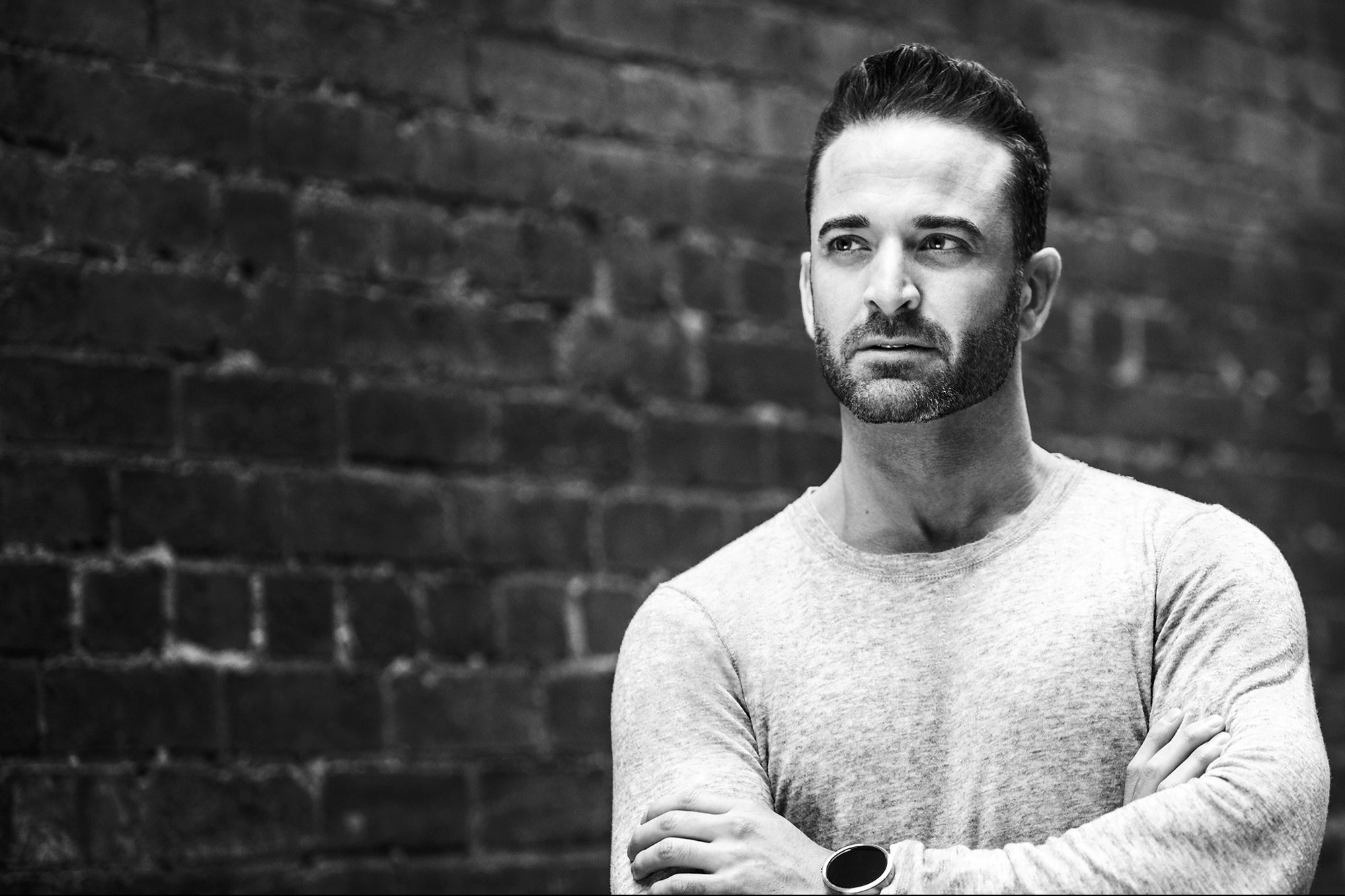Radio Campaigns That Get Results Calculate the frequency of your radio ads for optimum exposure.
Opinions expressed by Entrepreneur contributors are their own.
This month we're addressing two questions related to radio advertising.
Q: I'm getting ready to start advertising on the radio, and I'm running into the word "frequency," something no one can give me a formula to figure out. Is there a way I can calculate how many radio ads I need to run per day, week or month? My only other options seem to be either to blindly take the word of the radio salespeople, or to take a wild guess at what I need.
A: Frequency is the average number of times a person has the opportunity to hear your message within any given schedule. It makes sense that you would need to run more commercials per day or week to reach a fidgety, channel-surfing audience than you would need to run on a station with lingering listeners. Because the listening habits of specific audiences are so distinct, the number of commercials you need to run to get the best results will be different for each station.
What you want each rep to figure out for you is OES, or optimum effective scheduling. The radio reps will calculate the turnover ratio (which captures the amount of time spent listening to a station for a particular length of time) x 3.29 (which researchers deem is the necessary multiple for the equation to equal three exposures per week). You can't do this on your own, as you need Arbitron figures to do the math. Arbitron is the media and market research company that measures radio audiences and their listening patterns. Most radio stations subscribe to that service and will have the information you need.
Q: A radio station wants us to run two ads per day, three weeks per month, for three months. If I run one ad per day, two weeks per month, for nine months, would the "frequency" be the same?
A: No, since frequency is calculated per week--and in your two scenarios you'd be running different numbers of ads per week. But running one or two ads a day cannot be construed as frequency in any form, especially not with one or two commercials run willy-nilly, spread over morning, midday, afternoon and evening. And asking for specific or "fixed" times for those commercials, so they would continually hit the same audience for a more focused target, can cost you double.
That kind of a schedule is going to be a waste of your money unless you tie in to a sponsorship of some kind that will add kick to the commercials. Sponsorships automatically provide "fixed" times that will concentrate your efforts without the extra cost. Sponsorships for weather, news or sports can be purchased up to seven days a week and typically can be purchased on a Monday-through-Friday basis for traffic reports. People listen carefully to these features, so you get a more "tuned in" listener who is more likely to hear your message. If you run a sponsorship every Monday, Wednesday and Friday, for instance, the audience will get familiar with you fairly quickly.
These are maintenance schedules (low frequency over a long period of time). You should always run a small schedule like this over a minimum of 13 weeks. You should expect to receive a discount for running a sponsorship for 26 consecutive weeks (5 percent) or 52 consecutive weeks (10 percent).
A typical sponsorship will provide the following:
- You will be identified with a "verbal billboard" as the sponsor of the weather, news, sports or traffic just prior to the report. ("This traffic report is being brought to you by the ABC Paint Co.")
- You will receive a closing billboard at the end. ("This traffic report has been brought to you by the ABC Paint Co.")
- You will receive a 10- or 15-second live commercial adjacent to the report.
- You may also receive a 30- or 60-second commercial that will play within the same "daypart" as the report. Radio dayparts are: morning drive, 5 a.m. to 10 a.m.; midday, 10 a.m. to 3 p.m.; afternoon drive, 3 p.m. to 7 p.m.; and evening, 7 p.m. to midnight.
Kathy Kobliski is the founder and president of Silent Partner Advertising, where she oversees multimedia advertising budgets for retail and service clients. Her book, Advertising Without an Agency, was written for businesses owners who are working with small advertising budgets and can't afford professional help. You can reach Kathy via her website at http://www.silentpartneradvertising.com.
The opinions expressed in this column are those of the author, not of Entrepreneur.com. All answers are intended to be general in nature, without regard to specific geographical areas or circumstances, and should only be relied upon after consulting an appropriate expert, such as an attorney or accountant.









